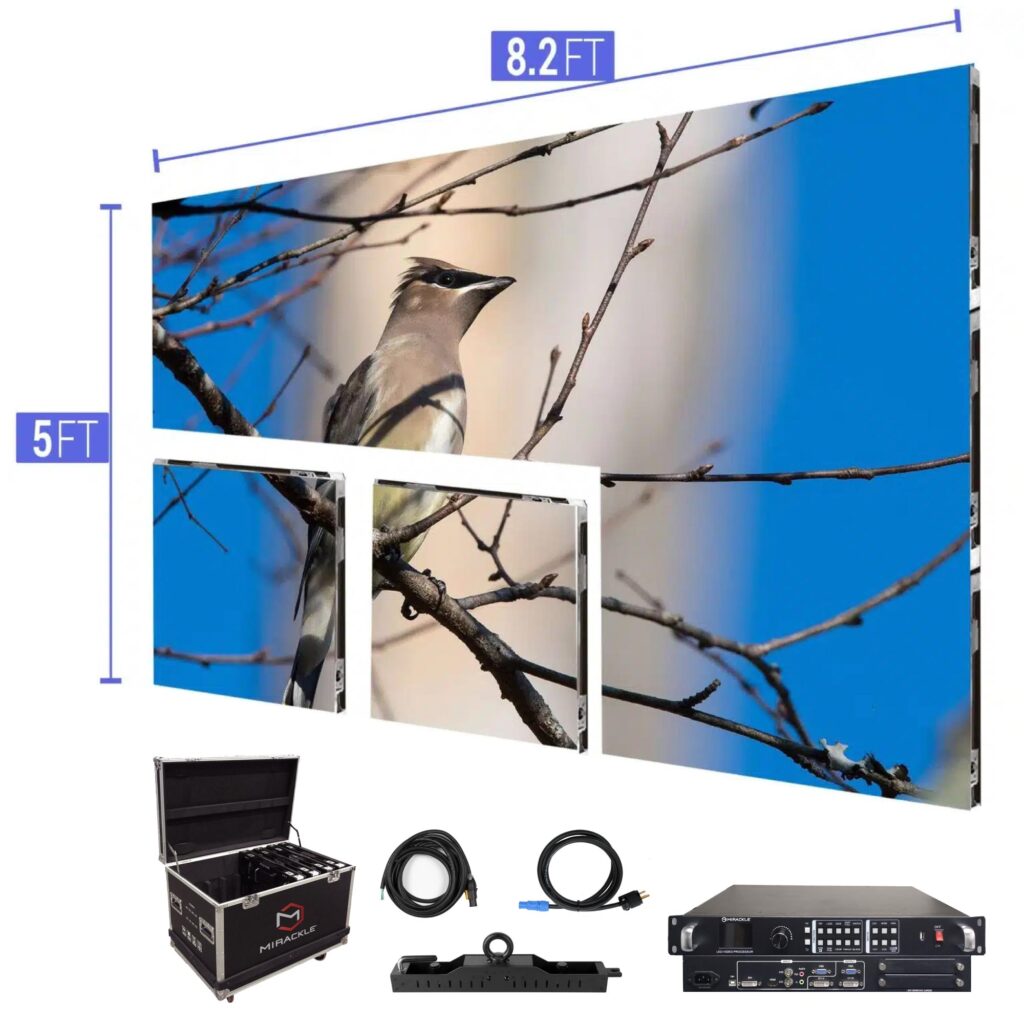Mastering Color Accuracy in Light Emitting Diode Wall Adjustment for Stunning Visual Presentations
Mastering Color Accuracy in Light Emitting Diode Wall Adjustment for Stunning Visual Presentations
Blog Article
Color precision is essential for creating breathtaking graphic displays, particularly when employing LED screens. These large screens are commonly found in places like music venues, athletic arenas, and advertising billboards. When the hues on an LED screen are not correct, the visuals can look flat or warped, which can affect the total impression for audiences. Therefore, perfecting color precision in LED screen tuning is vital for achieving vibrant and realistic visuals.
The first step in ensuring color accuracy is comprehending how LED technology works. LEDs, or light-emitting diodes, produce light in various shades by mixing red, green, and blue (RGB) light. Each dot on an LED screen consists of these three hues. When calibrated correctly, the combination of RGB can produce a broad range of hues. However, if one hue is too intense or too dim, it can distort the entire screen. This is why tuning is needed to balance the hues and achieve the intended visual result.
Calibration entails modifying the configurations of the LED wall to make sure that the hues displayed match the original content as closely as feasible. This process typically includes using specialized software and hardware tools. Technicians often use color assessment devices, such as color meters, to analyze the colors being displayed. By comparing the measured colors to benchmark color standards, they can make precise modifications. This ensures that the hues are not only lively but also consistent across the entire display.
Another important aspect of color precision is comprehending the environment in which the LED screen is employed. Factors such as surrounding light can considerably impact how hues appear. For instance, a brightly lit room may fade colors, making them look not as vibrant. To counteract this, technicians may modify the luminosity More Help and differentiation configurations of the LED wall. Additionally, they may select specific color settings that are better suited for various lighting environments. This flexibility helps maintain color precision regardless of the observing environment.
Ultimately, routine maintenance and recalibration are crucial for maintaining an LED wall looking its finest. Over time, the functionality of LEDs can alter due to elements like degradation and heat fluctuations. Regular checks and modifications can help guarantee that the colors stay correct and vibrant. By investing time in appropriate calibration and maintenance, venues can offer viewers with stunning visual displays that improve their total experience. Perfecting color precision in LED wall calibration is not just a mechanical task; it is an art that adds to the magic of visual narration.